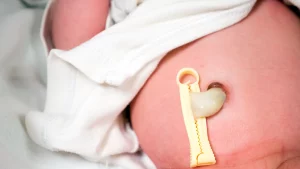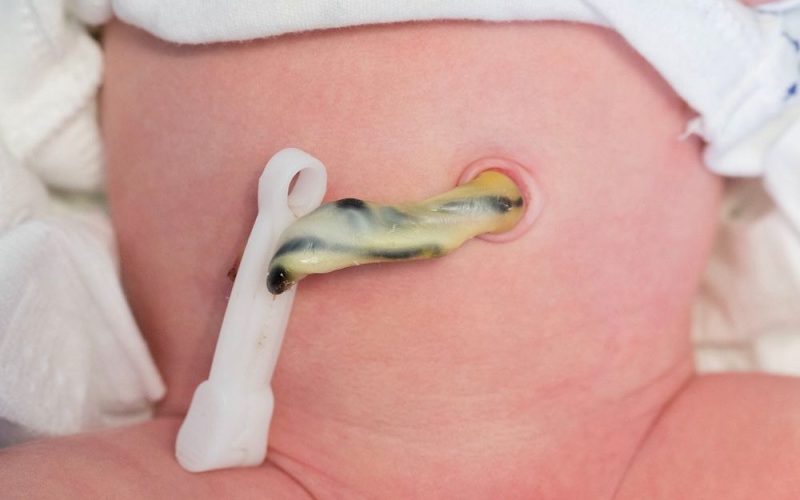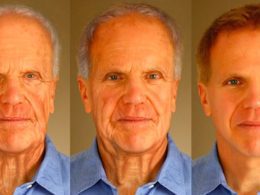The Light of Possibility
In the world of neonatal care, every breakthrough can bring a ray of hope to families facing the daunting challenge of caring for sick newborns. In this article, we delve into a groundbreaking concept explored by the American Academy of Pediatrics (AAP) – umbilical cord milking. Through expert insights from AAP, we’ll explore how this innovative approach is offering a glimmer of hope to the tiniest patients and their families. Join us on this journey of discovery.
Meet the American Academy of Pediatrics (AAP)
Before we dive into the world of umbilical cord milking, let’s get acquainted with our knowledge source – the American Academy of Pediatrics (AAP). Established in 1930, the AAP is a trusted authority in pediatric healthcare. Comprising over 67,000 pediatricians, the AAP is renowned for its dedication to child health and well-being. Their tireless efforts in research and advocacy have shaped the field of pediatric medicine.

The Miracle of Umbilical Cord Milking
What is Umbilical Cord Milking?
Umbilical cord milking (UCM) is a medical procedure that involves gently squeezing and massaging the umbilical cord of a newborn to transfer a portion of the blood from the placenta to the baby. This process is conducted shortly after birth and holds immense potential for improving the health outcomes of sick newborns.
The Scientific Rationale
The rationale behind UCM lies in the rich concentration of vital nutrients, oxygen, and stem cells present in the placental blood. By facilitating the transfer of this blood to the newborn, UCM can provide an immediate boost to the baby’s immune system, enhance oxygen delivery, and improve overall health.
Key Benefits of Umbilical Cord Milking
Let’s take a closer look at the key benefits that umbilical cord milking brings to the table:
| Benefit | Description |
|---|---|
| Enhanced Oxygen Supply | UCM helps increase oxygen levels in the newborn’s body. |
| Immune System Boost | Placental blood contains essential immune-boosting elements. UCM aids in transferring these to the baby. |
| Reduced Risk of Anemia | The procedure can reduce the risk of anemia in newborns. |
| Faster Recovery | Sick newborns may recover more quickly with the added support from UCM. |
Who Stands to Benefit?
The potential beneficiaries of umbilical cord milking are primarily sick newborns facing various health challenges. These may include premature birth, low birth weight, or other medical complications. Additionally, the families of these newborns, often fraught with worry and anxiety, can also find solace in the promise of improved outcomes.
The AAP’s Advocacy
The American Academy of Pediatrics is at the forefront of advocating for umbilical cord milking as a viable intervention for sick newborns. They stress the importance of conducting UCM by skilled medical professionals to ensure its safety and effectiveness.
Conclusion: A Beacon of Hope
In a world where medical advancements continually shape the future of healthcare, umbilical cord milking stands as a beacon of hope for sick newborns and their families. Thanks to the pioneering efforts of organizations like the American Academy of Pediatrics, the potential benefits of UCM are increasingly recognized. As we navigate the intricacies of neonatal care, it’s essential to embrace innovative approaches like UCM, offering a brighter future for the tiniest members of our society.












